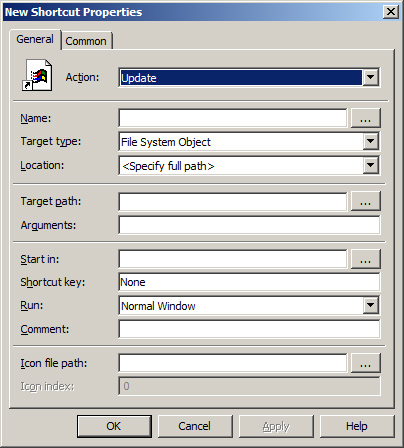Folders
The
Folders preference gives the administrator control over folders that
reside on the target computer. The ability to create, replace, update,
and delete with custom settings makes this preference very powerful.
You can leverage this preference with environment variables to target
specific computers and folders. Figure 4 illustrates the interface for the Folders preference and the options that can be configured.
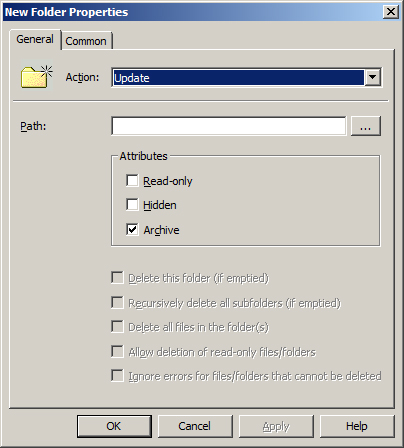
Ini Files
The
Ini Files preference controls the creation and contents of .ini files
on the target computer. The preference allows you to create, update,
replace, and delete entire files or the properties within a file. Figure 5 illustrates the interface for the Ini Files preference and the options that can be configured.
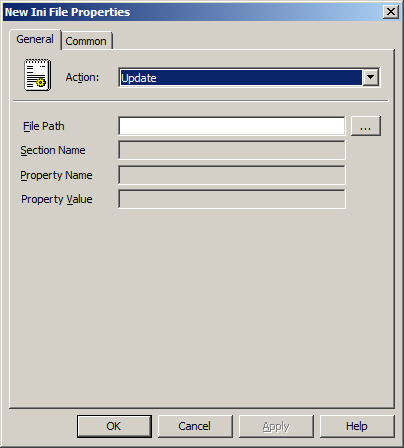
Network Shares
The
Network Shares preference allows you to control shares, hidden shares,
and administrative shares on target computers. The shares can be
created, deleted, updated, or replaced by the settings you configure in
the dialog box for the preference. The dialog box also allows you to
control whether the share will support Access-based Enumeration, as
shown in Figure 6.
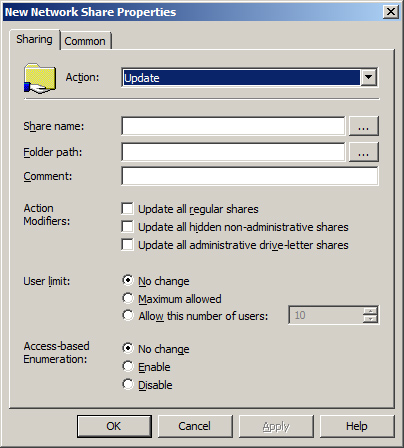
Note
The
Network Shares preference is available only in the Computer
Configuration section. This setting is valid only when applied to
computers that are running Windows Server 2003 R2, Windows Server 2003
SP1, or Windows Server 2008. |
Registry
The
Registry preference is highly useful for modifying nearly any setting
in the registry. This preference is wizard based, allowing you to find
and configure the registry value and data without having to code
anything into a file, like you must do with .adm templates or ADMX
files. This preference also allows for collections, which provide a
mechanism for you to place numerous registry entries into a single
location without having to keep the hierarchy needed by the registry.
Finally, a remote connection wizard allows you to browse for registry
values on other machines, again making it unnecessary for you to know
the exact path. Figure 7 illustrates the interface for the Registry preference and the options that can be configured.
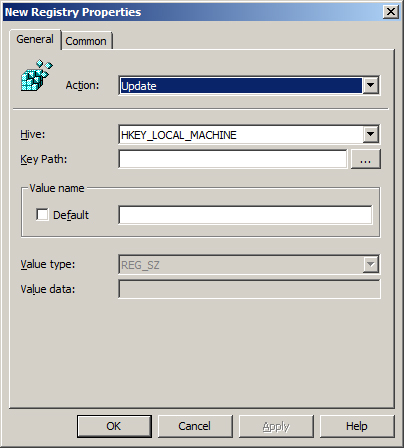
Shortcuts
The
Shortcuts preference allows you to create, replace, update, and delete
shortcuts from nearly anywhere on the computer. Shortcuts can include
file system objects, URLs, or shell objects. The shortcuts can be
placed in almost any location, including the desktop, Start menu,
Favorites folder, Quick Launch toolbar, and more. Figure 8 illustrates the interface for the Shortcuts preference and the options that can be configured.
